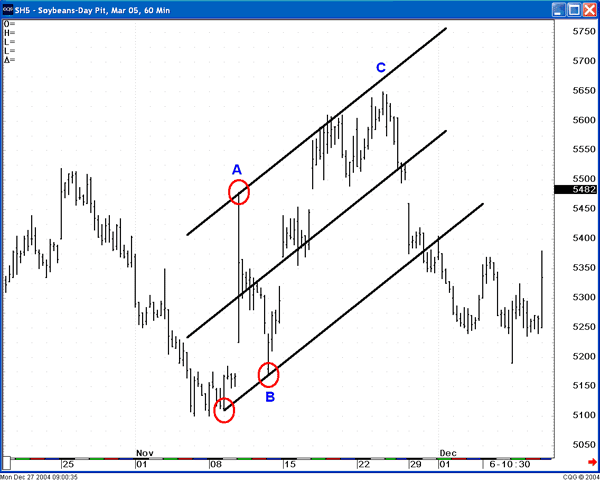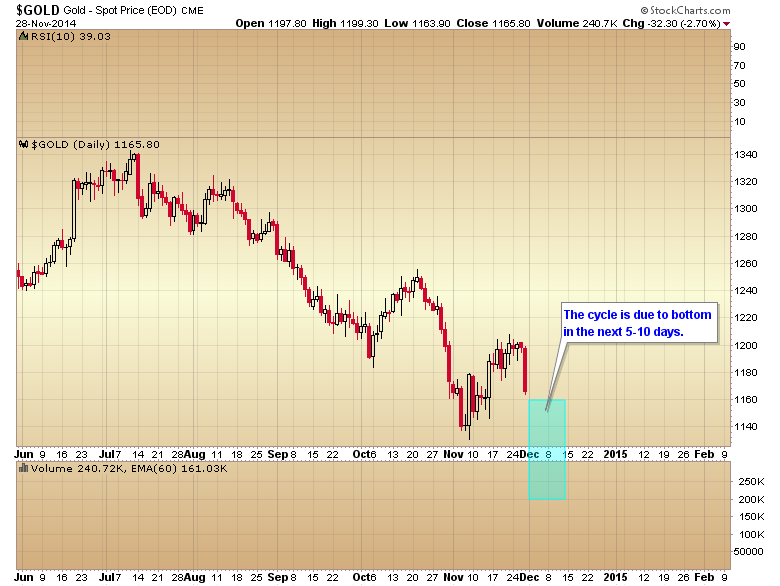Spotting A Market Bottom
Post on: 29 Июнь, 2015 No Comment

Stock market bottoms can be challenging to spot. And many times, investors think that they have found this point, only for the major averages to head even lower. The big question many have is: just how do you know when a market bottom has taken place? This requires the tools and indicators that have identified major market bottoms in the past, and an understanding of what they are, how they work and that each indicator must correlate a similar reading.
Stock Market Bottoms
Since the end of World War II, stock prices have generally bottomed six months into a recession. Once it becomes official that the country is in a recession, it is generally a rearview mirror indicator meaning that there have already been two or more quarters of negative GDP growth. On the other hand, when we are emerging out of a recession, we will not know until many months later. This is one of the reasons that it can be so confusing for investors to spot major bottoms taking place. (Learn more about taking advantage of an unstable market, read Profiting From Panic Selling .)
Things to Watch for
Just imagine how wonderful it would have been to buy stocks at bargain prices before major upward moves, such as January, 1975, August, 1982, or even March, 2003. All of those periods share some common patterns that should be observed in order to determine if the market is bottoming.
The Double Bottom Pattern

The key is to watch and see how the averages trade when approaching that second low point. If the averages have a sizable break below the previous low, it is advisable to watch and see what happens. However, if the averages test that low point and then have some type of reversal. this could be a sign that a double bottom pattern is forming.
A second area to watch is volume. This is the total amount of buying and selling that is occurring. Generally, heavy volume on up or down moves shows strong conviction from either the buyers or sellers. When you see the volume lighten up on the downward moves and increase substantially on the upward moves, there is a large amount of buying taking place. After a major market bottom has occurred, you will see this heavy volume accompanied by a strong upward move in the major market averages.
A second number to pay attention to is the consumer confidence index. During and after market bottoms have occurred, you will see consumer spending and consumer confidence increase. When this happens, consumers are spending more money and corporate earnings are starting to rise. A third economic number to watch is purchasing managers’ index, which measures the economic health of the manufacturing sector. When these two numbers have bottomed, then started to consistently rise for more than three months in a row, the manufacturing and service sectors are on the road to expansion once again. (For further reading, see Economic Indicators For The Do-It-Yourself Investor .)














